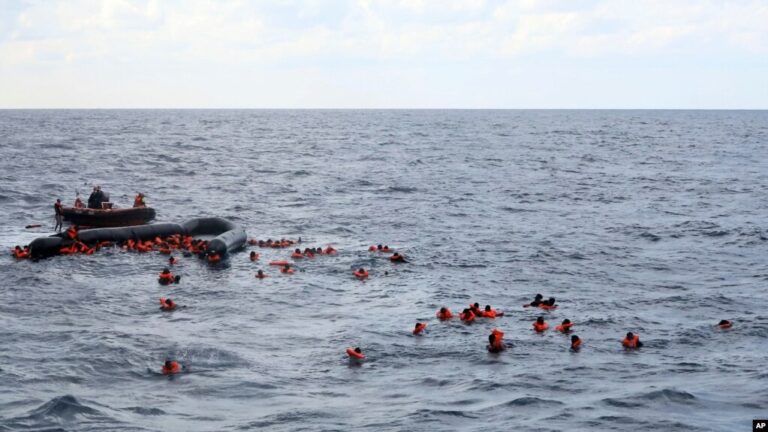
Amsterdam Island, a small 58km² islet in the southern Indian Ocean that is managed by the French Southern and Antarctic Lands (TAAF), has been engulfed in a wildfire since January 15. The region is one of the most remote in the world, located about 2,800 kilometres from Reunion Island, and the French government is helpless to stop the fires; they must just wait for rain to do so.
Based on satellite photographs, the TAAF prefecture reported that by February 10, over half of the island was burned. Thirty-one persons, including scientists, military officers, and technical staff, were residing at the Martin-de-Viviès permanent research station on the isolated volcanic island that can only be reached by boat when the fire started. On January 16, everyone was evacuated from the base. Fortunately, they were taken on board the “Austral,” a French lobster fishing vessel that just so happened to be in operation nearby. They eventually arrived at Reunion Island on February 5 after switching to the TAAF supply ship “Marion-Dufresne” two days later, which was also on a mission in the region.
According to the prefecture, the fire started near Pointe Bénédicte, around 3 km from the Martin-de-Viviès camp, for unidentified reasons. Then, “under favourable weather conditions marked by dry weather and strong winds,” it “spread southwards.” However, satellite pictures alone were unable to corroborate the amount of activity in the hotspots, making it hard to assess whether the fire was still burning as of February 10.
A refuge for biodiversity
Two factors make the fire’s impact noteworthy. First of all, Amsterdam Island is a vital biodiversity preserve and a UNESCO World Heritage site. According to the French Polar Institute, it is home to 84 percent of the world’s Indian Yellow-nosed albatross population and a variety of seabirds, including the endemic Amsterdam albatross. During this time of year, colonies of elephants and fur seals breed on its coasts. According to the French Polar Institute, the Phylica arborea shrub, the only tree-like structure found in the five districts of the French Southern and Antarctic Lands, contributes to the islet’s distinctive vegetation.
Scientists are worried about the species that are currently caught by the fire, even though it is still too early to determine the extent of the fire’s impact to biodiversity.
Measuring global atmospheric pollution
Second, there is a chance that the fire will result in scientific losses. An important monitoring centre is located on Amsterdam Island. The location is perfect for measuring air, gases, and air pollution and is run by France’s Laboratory for Climate and Environmental Sciences. “Measurements can be taken in a particularly ‘clean’ environment because of the island’s geographic location, isolation, and low level of human activity,” said Marc Delmotte, head of the facility. According to Delmotte, the station records the air concentrations of “carbon dioxide, methane, nitrous oxide, and ozone” second by second. The measurements from a network of 20 stations that track the amounts of different greenhouse gases are then combined with this data to provide a priceless resource for tracking air pollution and researching climate change.
The fact that the observatory and a site on Hawaii’s Mauna Loa volcano are among the few places in the world for direct measurement of atmospheric background pollution on a global scale makes the data much more significant. In order to guarantee ongoing readings even in the event of a malfunction, we always have two methods of taking measurements, according to Delmotte. Furthermore, “this observatory is our oldest station within the national network.” “Therefore, we have the longest series of measurements for it in the whole southern hemisphere,” Delmotte stated. “Therefore, an interruption in the readings is a very regrettable loss of data.” But for the first time since 1981, no additional readings have been made since the fire started on January 15.
Difficult to determine the damage
Delmotte added, “Every precaution was taken before the site’s staff was evacuated. The images we have seen show that all the vegetation around the monitoring site has burned, but we don’t yet know whether our instruments have been damaged.” The infrastructure that is essential to the staff on site appears to have been impacted, even though the residential quarters at the research station still seem to be intact. The prefecture declared that “telecommunications and water access systems are no longer operational.” Amsterdam Island lacks rivers, therefore the only freshwater available is rainwater that is collected and stored. As a result, the photovoltaic panels that ensure the island’s electricity production have been impacted.
The week of February 10 is when a reconnaissance mission is scheduled to leave Reunion Island. The team, which consists of four firefighters and a medic, will evaluate the fire’s size more precisely, look for any hotspots that might still exist, and assess the facilities and damage. “This isn’t the island’s first fire, but it’s definitely the largest in a long time,” Delmotte added. “And we’ll have a better idea of what work needs to be done based on the damage highlighted by the mission.”
He continued by calling on the French government to mobilise on a large scale so that scientists can begin their vital work “as soon as possible,” pointing out that the necessary renovations “will generate significant costs” and “take time” due to the island’s extraordinary isolation.



